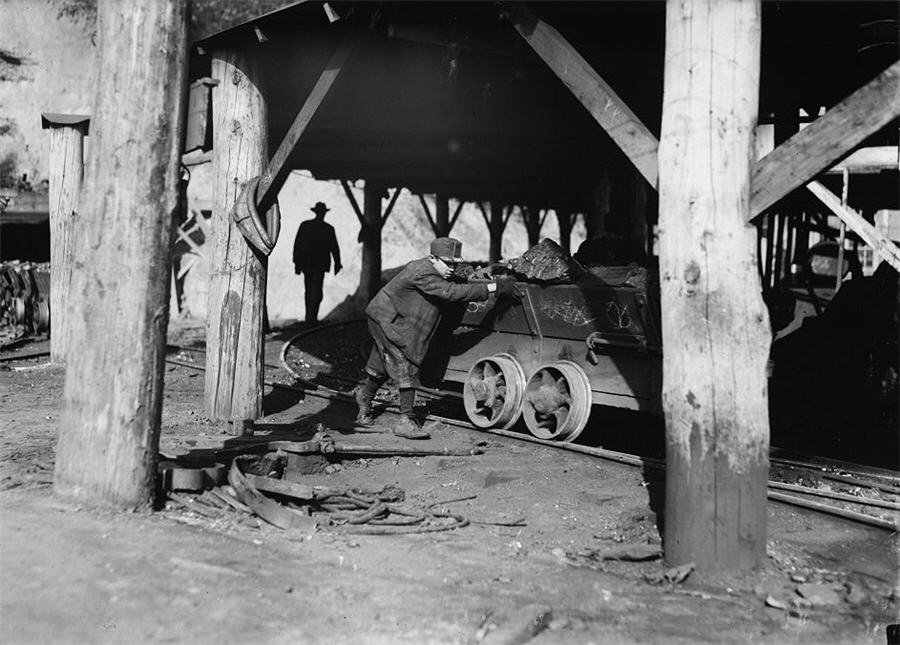Arch Coal is the incredible shrinking miner

(Bloomberg Opinion) — Despite President Donald Trump’s repeated assertions of its bright future, coal mining is a dying industry. That doesn’t mean coal mining stocks are dead. But the secret to a long life in this twilight era is accepting mortality.
Arch Coal Inc. is a case in point. In its robust earnings report on Tuesday, the most prominent theme wasn’t growth but shrinkage: Arch bought back almost 1 million of its own shares in the second quarter. Remarkably, it has now repurchased more than a fifth of its stock since beginning a buyback program — in less than 15 months.
If you bought 10,000 shares for $700,000 on May 1, 2017 — the day before the buyback program was announced — you’ve received about $183,000 in cash from repurchases and dividends already. And your remaining shares are currently worth $665,000 — not far off what you paid for the entire original holding, even though you’ve sold more than a fifth of it back to the company.
That’s an annual rate of return of about 20 percent — on shares of a company that emerged from bankruptcy only in 2016.
It’s a sad irony that, even as the Trump administration tries to force power markets into taking more coal, its broader trade agenda threatens a bigger source of profits
When your business is on the wrong end of a transformation in the underlying energy market, running it for cash and giving most of that back to shareholders is your best option. Don’t forget the U.S. coal industry’s last act before much of it entered chapter 11 was a wave of high-priced acquisitions. Asked about the company’s capital returns policy on Tuesday’s call, management said that on the M&A front, there was nothing right now “that really works for us.” On “organic growth” opportunities, they “don’t feel compelled to do anything in the near term.”
One point raised by an analyst on the call was whether Arch should divert some cash toward a higher dividend rather than buybacks. That could potentially bring in more income-oriented investors (the yield right now is less than 2 percent) while also maintaining liquidity in the stock.
While management said this is an ongoing debate with the board, it effectively brushed the suggestion aside. Liquidity doesn’t seem too much of an issue. Even if Arch used all $480 million of the free cash flow through 2020 implied by consensus forecasts to buy back shares — it’s currently authorized to buy another $331 million-worth — average daily trading volume would still be only about 2.5 percent of the float left outstanding. And while a higher dividend could attract more investors, Arch must weigh that against the risk of committing to higher quarterly payments in what remains a cyclical business.
Indeed, one factor underpinning second-quarter earnings was recent strength in global steel production and prices, pushing up demand for Arch’s metallurgical, or coking, coal. Since the start of 2017, this higher-value coal — as opposed to thermal coal burned for energy — has provided more than half of Arch’s Ebitda:
Coking coal isn’t as directly exposed to the forces weighing on thermal coal. Still, with four-fifths of Arch’s coking coal being sold into international markets, it faces other potential risks around trade and tariffs. It’s a sad irony that, even as the Trump administration tries to force power markets into taking more coal, its broader trade agenda threatens a bigger source of profits. All the more reason for Arch to stick with its strategy of diminishing and returns.
(By Liam Denning)
{{ commodity.name }}
{{ post.title }}
{{ post.date }}


Comments